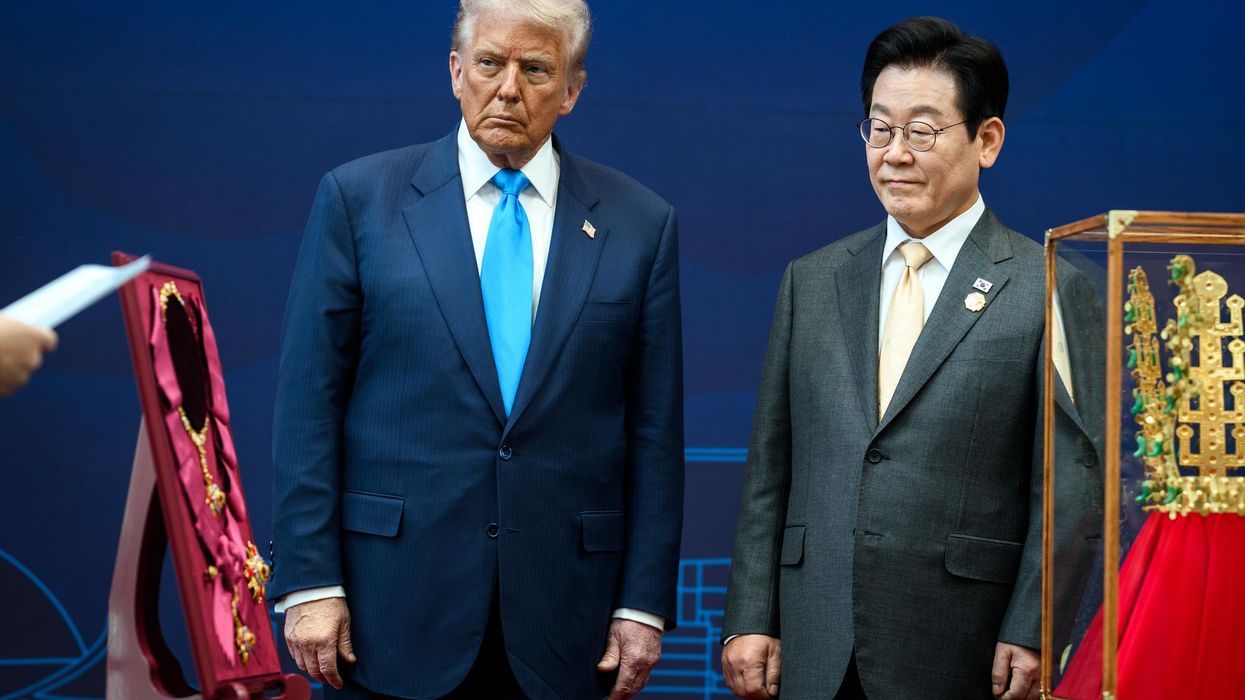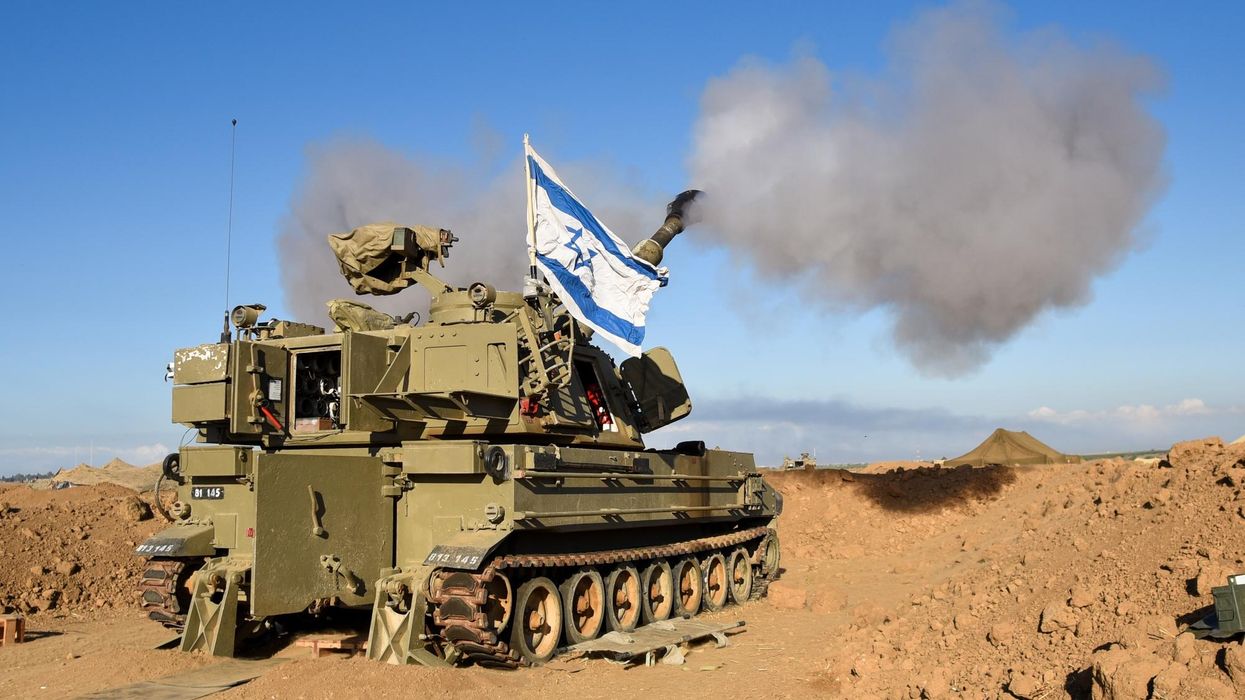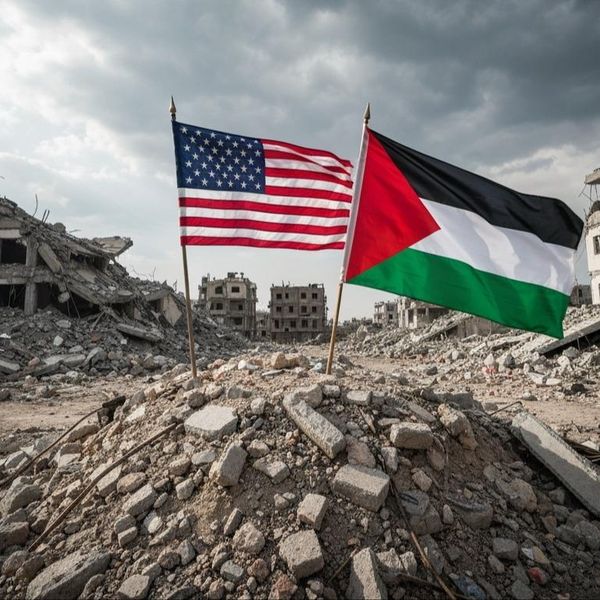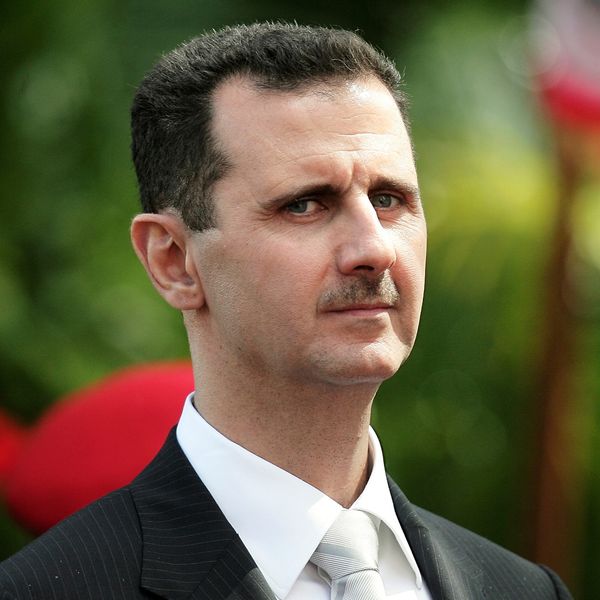Republished with permission from the Nonzero Newsletter
This week media coverage of Russia’s use of Iranian-made drones—and possibly, down the road, other Iranian weapons—reached such intensity as to raise a question in the mind of Washington Post reporter Glenn Kessler. “How soon before we start using ‘axis of evil’ again?” he tweeted on Tuesday.
It’s hard to get ahead of the curve these days, and by the time Kessler suggested this label for the Russia-Iran partnership, the label had already been applied by, among others, a British tabloid, Ukrainian protestors, and not one but two senior fellows at the Atlantic Council.
And the New York Times, without using the phrase, devoted a whole piece to the “emergence of a Moscow-Tehran alliance”—thus making the “axis” part of the label more or less official and paving the way for God-knows-how-many others to affix the “evil” part in the coming weeks.
The Times piece had the virtue, at least, of conveying that the Russian-Iranian collaboration is a marriage of convenience, not part of a global autocratic plot to squash democracy, and that its motivation is largely defensive. “There is no deep love” between Iran and Russia, the Times piece observed. “The two authoritarian governments, both chafing under Western sanctions, share a view of the United States as their great enemy and a threat to their grip on power.”
What the Times piece didn’t do is explore the question of how these countries came to see the US as their great enemy. So it didn’t shed light on the perennial question: Was all this really necessary? Or might a different US foreign policy have led to a world in which Iran was in no mood to send Russia weapons, and maybe even a world in which Russia had no current use for them?
Certainly if Iran’s economy weren’t being smothered by a US-led sanctions regime, Tehran would have less incentive to sell weapons it probably considers precious. And of course, if the US hadn’t withdrawn from the Iran nuclear deal under Donald Trump—or if a more proactive Biden State Department had gotten the deal restored during the administration’s first year, before the political climate worsened—there would be many fewer such sanctions.
But to imagine a world in which US-Iran relations are fundamentally different, and fundamentally better, you need to do a thought experiment that goes back much further than the Trump administration. So too if you want to imagine a world where Russia’s relations with the West make an invasion of Ukraine unlikely in the first place.
As of autumn in 2001, prospects for a warming of relations with both Russia and Iran seemed good. Vladimir Putin was the first world leader to call President Bush after the 9/11 attacks, and after the US invaded Afghanistan in October, Russia provided America with valuable battlefield intelligence. That invasion also crystallized a convergence of America’s and Iran’s interests: Both countries considered the Taliban a threat. Accordingly, Iran helped the US both on the battlefield and in the diplomacy that established a new Afghan government.
George W. Bush, meanwhile, set about dimming prospects for enduringly improved relations with either Iran or Russia.
In January of 2002 Bush declared that Iran, along with Iraq and North Korea, was part of the… yes, the “axis of evil.” And this stance toward Iran persisted. In 2003, after a Swiss ambassador conveyed to the US Iran’s interest in improved relations, complete with bullet points about Hezbollah and Israel-Palestine, the idea intrigued the State Department but got no further than that. Lawrence Wilkerson, Secretary of State Colin Powell’s deputy, later recalled that he and Powell "thought it was a very propitious moment." But "as soon as it got to the White House, and as soon as it got to the vice president's office, the old mantra of 'We don't talk to evil'... reasserted itself."
And as for rapprochement with Russia: Two months after Putin’s 9/11 phone call, Bush informed Russia that the US would abandon the Anti-Ballistic Missile Treaty—something Putin had implored Bush not to do and something virtually no serious nuclear strategist thought was in America’s interest anyway.
This was far from the last thing the US would do that Putin considered both a national security threat and a sign of disrespect—and that mainstream US experts considered stupid. But many of these subsequent affronts—including the momentous 2008 pledge of future NATO membership for Ukraine—have been noted previously in the Nonzero Newsletter, so here we can save time by just providing a few NZN links. Like this one and this one and this one.
So too with Iran: Space doesn’t permit a detailed list of US actions that were one-day stories in America but that deeply and enduringly antagonized the Iranian leadership. Highlights include: the 2010 Stuxnet attack (the rare cyberattack that actually destroys physical stuff and so is unambiguously an act of war); the brazen and illegal 2020 assassination of Iran’s most important military commander, Qasem Soleimani; and of course the aforementioned sanctions, many of them punishment for Iran’s doing things that regional US friends, such as Israel and Saudi Arabia, do as well.
Obviously, we’ll never know whether a less antagonistic US foreign policy would have led to a better world. It takes two to tango, and both Russia and Iran have done provocative and antagonistic things over the past two decades.
If you want to tell the story in a way that emphasizes those provocative and antagonistic things more than the provocative and antagonistic things America did, you can do that. In fact, that’s the way the story usually gets told in America.
One reason for the success of this asymmetrical narrative is that a lot of “philanthropic” money goes into “think” tanks whose experts steer the American media toward it. For example, in a 2017 piece I wrote for the Intercept called “How the New York Times is Making War with Iran More Likely,” I highlighted the role of the Foundation for Defense of Democracies, the ultra-hawkish think tank that could be renamed, not inaccurately, the Foundation for Attack on Iran.
This week, inevitably, the Foundation for Defense of Democracies made its presence known. A CNN piece on the Russia-Iran collaboration, for example, quoted an FDD analyst reminding us that Iran, in sending weapons to Russia, is “moving some of its most accurate, some of its most precise ammunition closer to Europe. It is critical to see Iranian involvement with Russia as part of its larger war with the West.”
Yes, critical. And critical never to see things the other way around.
















